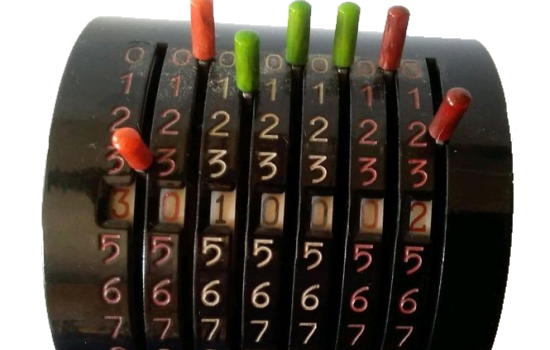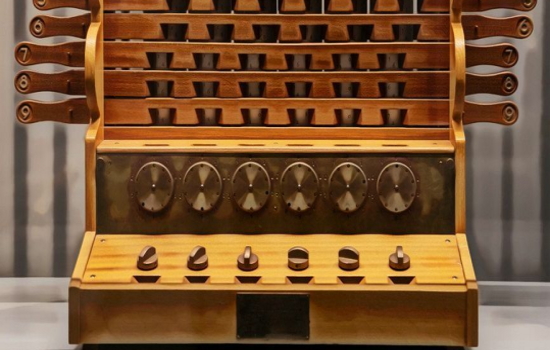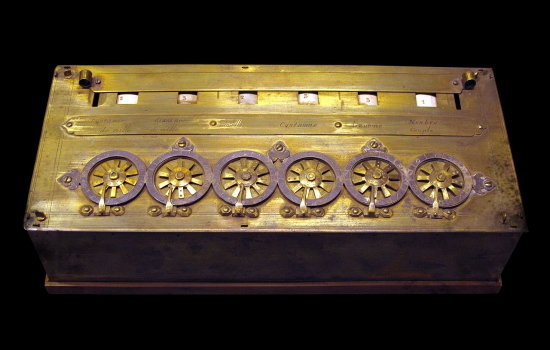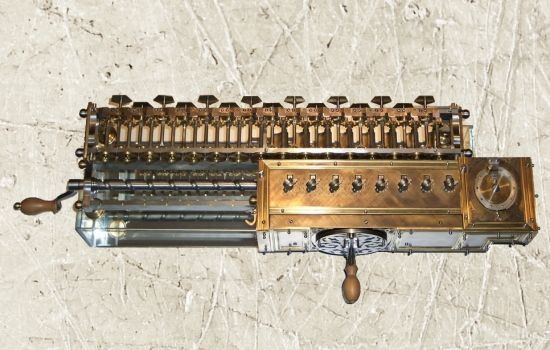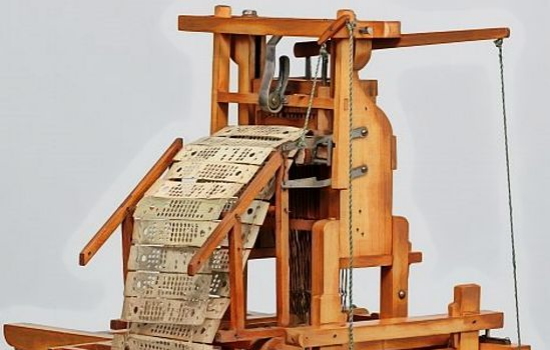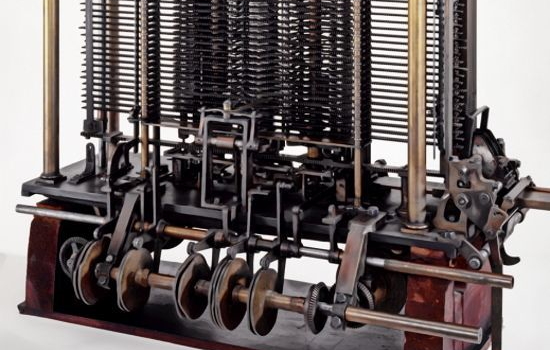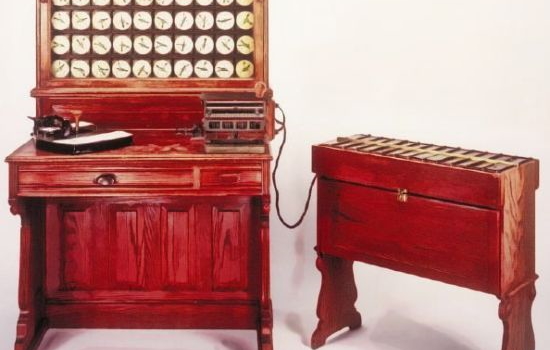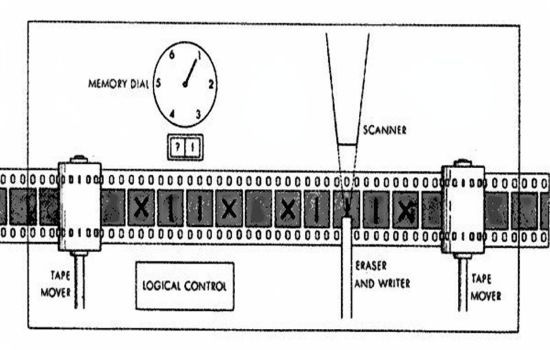C:\Games\DarkAges\Calc_Machines



Computation of astronomical and mathematical tables
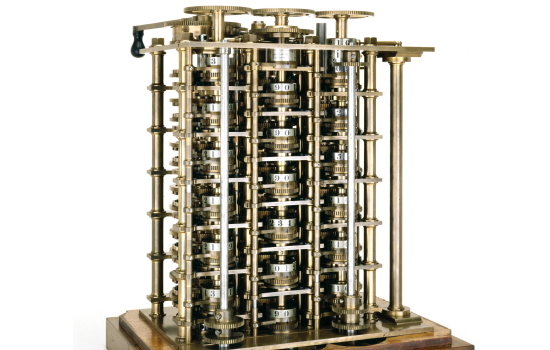
There were already calculating machines in the 17th and 18th centuries, such as the Pascaline or the Schickard calculating machine, but these were usually single pieces and could only add or at most perform the four basic arithmetic operations. For the calculation of complex functions, one still had to resort to the number tables (such as the logarithmic table). Since these time tables were created by human hands, they were unfortunately not error-free. Such errors led again and again to wrong calculations, which could be quite fatal with constructions, the interest calculation or the navigation of ships.
The Englishman Charles Babbage was aware of the problems that the errors in the tables could cause and came up with the idea of developing a machine that could calculate these tables (error-free). A so-called difference machine, which included an adder and a printing unit. With it, mathematical tables could be calculated and printed immediately. The first idea for this was already conceived by Johann Helfrich Müller, a civil servant, civil servant and calculating machine pioneer from Hesse, in 1784. However, the first device without a printing unit was manufactured by Charles Babbage as a prototype for demonstration purposes. Another one did not make it past the design stage, which meant that Babbage failed to build the Difference Engine. Lack of funds is cited as the reason for its failure. The project was terminated in 1842. The engineer Edvard Scheutz succeeded in 1843 to build the first difference engine with a mechanism for printing. Subsequently, other improved versions of the difference engine were built. These were exhibited in Paris in 1855.
From then on, the evolution of the difference engine took its course. The last stage in the evolution was the machine built by Alexander John Thompson in 1950. He built the machine for the calculation of his 20-digit logarithm table. For this purpose, he fixed no less than four such calculating machines on a wooden beam and coupled them together.
With the appearance of the first computers the difference machines (also logarithm tables) then lost their meaning.

Table of contents


